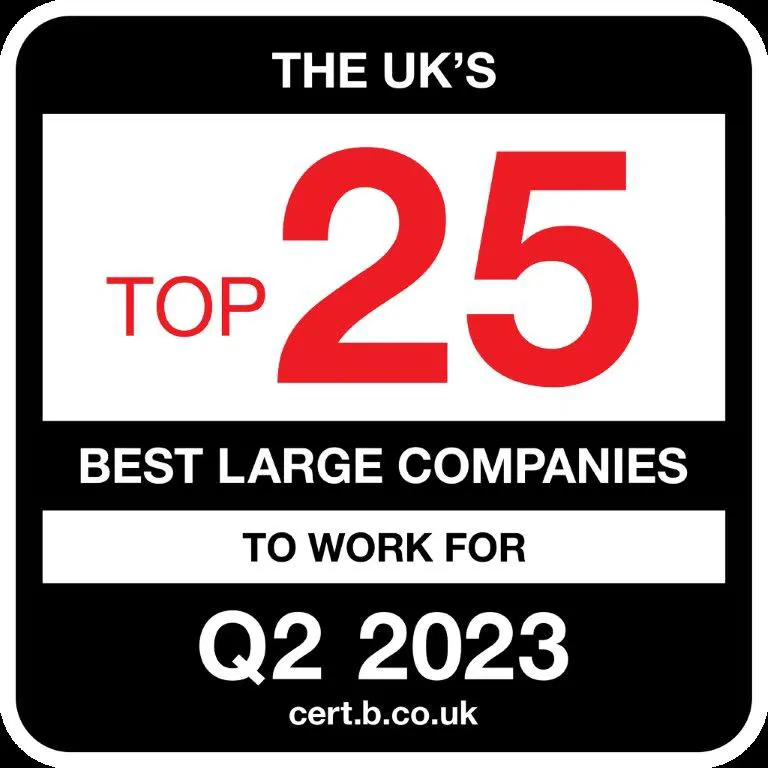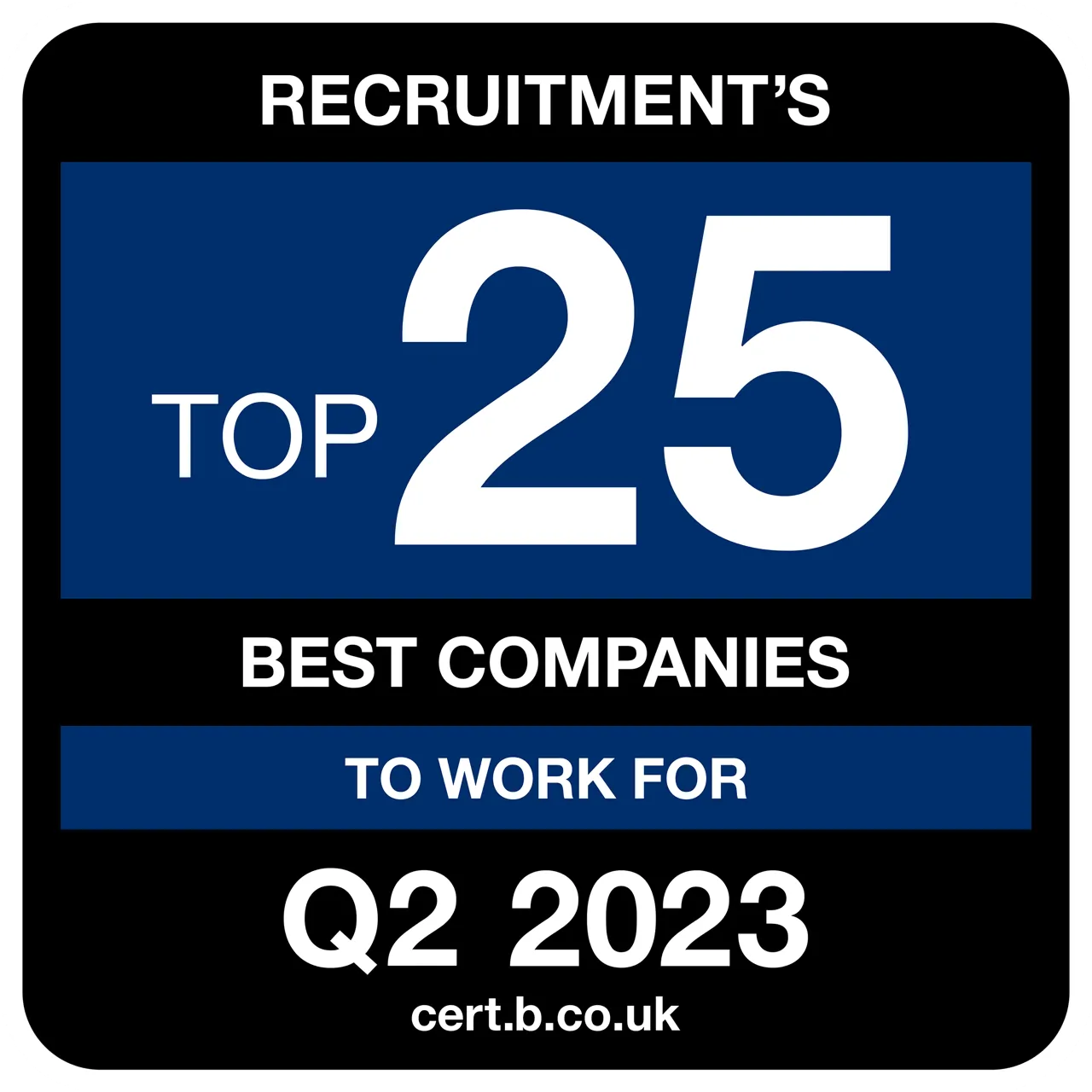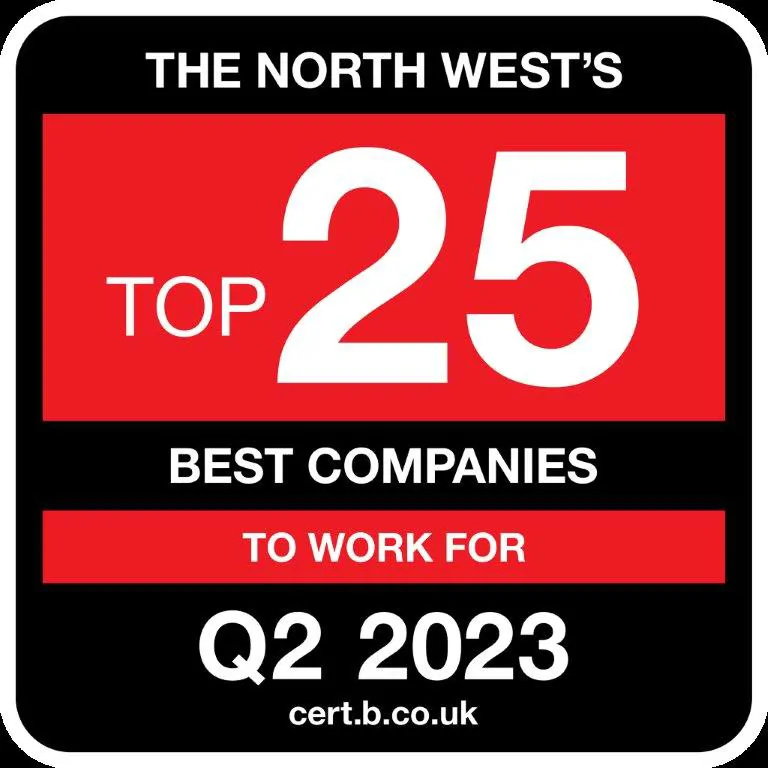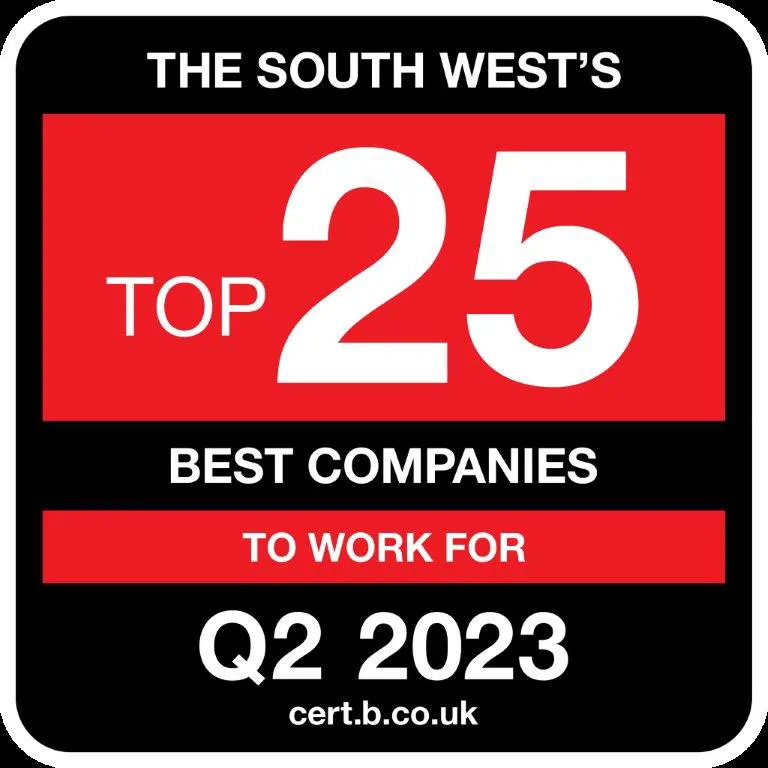The Top 3 Workplace Distractions
13 Jun, 20176 minutesTop Workplace DistractionsThe average human attention span is down from 12 seconds in 2000 t...

Top Workplace Distractions
The average human attention span is down from 12 seconds in 2000 to 8.25 seconds in 2015, according to research from Statistic Brain carried out last year. This is bad news for bosses. Unproductive employees lose businesses money – and distractions are a sure-fire way to veer your workforce off the path of productivity.
But what are these workplace disruptions? Clarendon London surveyed 2,000 UK employees to find this out and pinpointed the three top distractions.
3. Social Media (11.1%)
Social media is everywhere. Instead of absconding it, utilise it; doing so holds the key to effective engagement.
Speaking to us late last year, Andy Campbell, HCM Strategy Director at Oracle, gave his advice on this: “All staff, young and old, want a personalised working experience. [Companies] must recognise that each employee has different skills and aspirations that need nurturing. This is the secret to building and retaining an engaged workforce.
Employers must also foster a culture of social media interaction . . . accepting that people want to interact in a fluid, immediate way even when it comes to their work. They want to be able to quickly share information with their peers, get instant feedback and easily draw on the expertise of their peers to do the best possible work.
A company with a collaborative culture breaks down the illusory barriers between departments and ranks so that people can work together more effectively and innovate more quickly.
2. Mobile Phones (19.2%)
People use their mobile phones, on average, 2,617 times a day, according to research from Dscout. If you’re spending eight hours a day at work, then it makes sense a sizeable portion of these will happen in the workplace.
The easiest way to overcome this is by drafting a mobile phone policy and ensuring the whole workforce understands it before signing it. However, consider job roles when doing this. Someone who works in Sales or Social Media will have to use their mobile phone more frequently than other members of staff.
Also, bear in mind that using a phone is, in essence, exactly the same as stopping off at the watercooler or making a tea. Allow flexibility in your workplace rules and remember that adults don’t like being treated like children.
1. Colleagues (20.3%)
Coming in first place is the very people that make up your organisation. Clarendon London attributed this to two reasons: gossip and hot-desking.
Generally speaking, the more gossip in the office, the higher the productivity and lower the staff morale. But you can’t fight against something that will always be there. Jim Whitehurst, CEO of Red Hat, told Business Insider last year why it’s a bad thing: “Rule of thumb when it comes to office gossip: if you have more truth-telling at the water cooler than in meetings, you've got a problem.”
He said leaders should do this to overcome the problem: “You want to get to a place where people feel safe to share their thoughts, feelings, and opinions about a situation, beyond the water cooler.
The benefits of open, constructive dialogue are innumerable. As a leader, you can get a more accurate pulse on your organisation. What are people excited about? Where are their questions? All of those things matter.
And, amazing ideas can come from anywhere in an organisation. If you give people a platform to have these conversations, ask questions, and find solutions, amazing things can happen.”
Hot-desking, too, encourages colleagues to interact in a way that preassigned, regimented desks wouldn’t. The best way to overcome this, as Whitehurst alludes to above, is to celebrate the interactions that make up your organisation. Imposing draconian rules will only have an adverse effect.
Source: HR Grapevine















